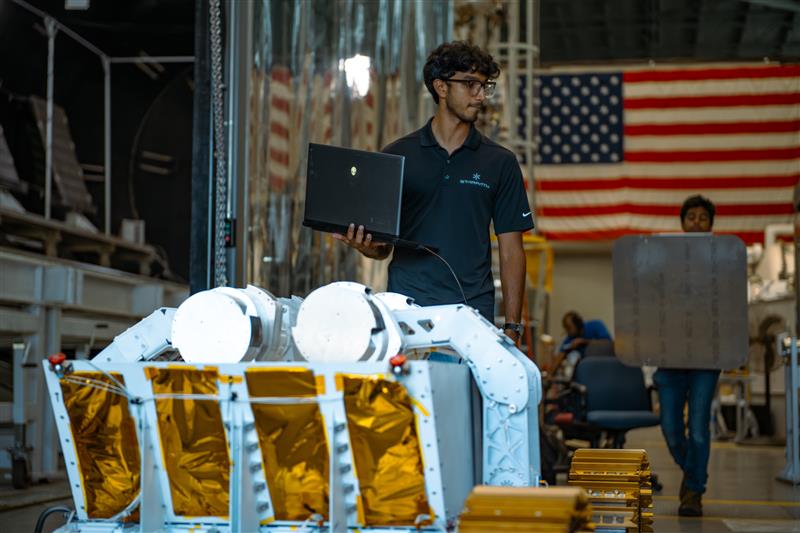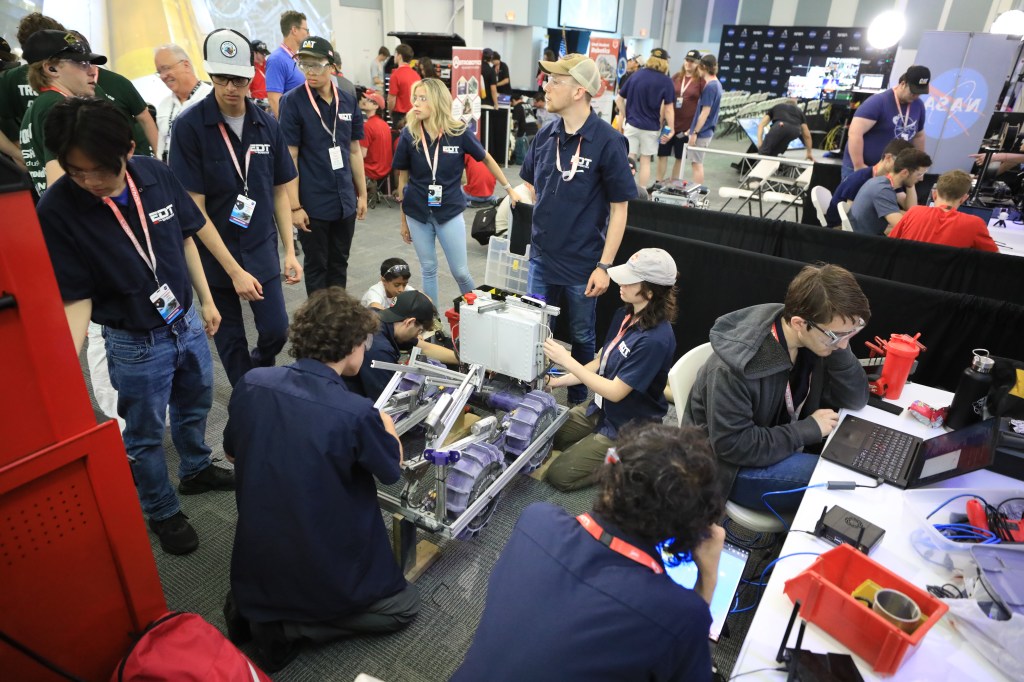Drawing Out Details
| PIA Number | PIA08886 |
|---|---|
| Language |
|
Rhea displays a marked color contrast from north to south that is particularly easy to see in the extreme color-enhanced Cassini spacecraft view presented here.
A clear filter image is also presented (left) alongside the color composite (right).
To create the false-color view, ultraviolet, green and infrared images were combined into a single picture that isolates and maps regional color differences. This "color map" was then superimposed over a clear-filter image that preserves the relative brightness across the body.
The combination of color map and brightness image shows how colors vary across the surface of Rhea. The origin of the color differences is not yet understood, but may be caused by subtle differences in the surface composition or the sizes of grains making up the icy surface material.
This view looks toward the trailing hemisphere on Rhea (1,528 kilometers, or 949 miles across). The view shows southerly latitudes on Rhea, down to the south pole. North is up and rotated 17 degrees to the right.
The image was taken in visible light with the Cassini spacecraft narrow-angle camera on Jan. 17, 2007 at a distance of approximately 457,000 kilometers (284,000 miles) from Rhea. Image scale is 3 kilometers (2 miles) per pixel.
The Cassini-Huygens mission is a cooperative project of NASA, the European Space Agency and the Italian Space Agency. The Jet Propulsion Laboratory, a division of the California Institute of Technology in Pasadena, manages the mission for NASA's Science Mission Directorate, Washington, D.C. The Cassini orbiter and its two onboard cameras were designed, developed and assembled at JPL. The imaging operations center is based at the Space Science Institute in Boulder, Colo.
For more information about the Cassini-Huygens mission visit http://saturn.jpl.nasa.gov . The Cassini imaging team homepage is at http://ciclops.org .
Credit: NASA/JPL/Space Science Institute


























